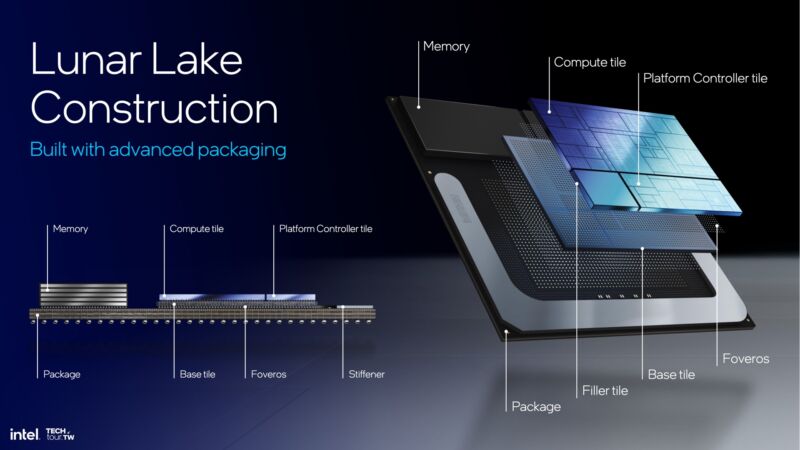
Today, during our Take Command Summit, we released our 2024 Attack Intelligence Report, which pulls in expertise from our researchers, our detection and response teams, and threat intelligence teams. The result is the clearest picture yet of the expanding attack surface and the threats security professionals face every day.
Since the end of 2020, we’ve seen a significant increase in zero-day exploitation, ransomware attacks, and mass compromise incidents impacting many organizations worldwide. We have seen changes in adversary behaviors with ransomware groups and state-sponsored threat actors using novel persistence mechanisms and zero-day exploits to great effect.
Our 2024 Attack Intelligence Report is a 14-month look at data for marquee vulnerabilities and attack patterns. From it, we identified trends that are helpful for every security professional to understand.
Some key findings include:
A consistently high level of zero-day exploitation over the last three years. Since 2020, our vulnerability research team has tracked both scale and speed of exploitation. For two of the last three years, more mass compromise events have arisen from zero-day exploits than from n-day exploits. 53% of widely exploited CVEs in 2023 and early 2024 started as zero-day attacks.
Network edge device exploitation has increased. Large-scale compromises stemming from network edge device exploitation has nearly doubled in 2023. We found that 36% of the widely exploited vulnerabilities we tracked occurred within network edge technology. Of those, 60% were zero day exploits. These technologies represent a weak spot in our collective defenses.
Ransomware is still big business. We tracked more than 5,600 ransomware attacks between January 2023 and February 2024. And those are the attacks we know about, as many attacks may go unreported for a number of reasons. The ones we were able to track indicated trends in attacker motive and behavior. For instance, we saw an increase in what we term “smash-and-grab” attacks, particularly those involving file transfer solutions. A smash-and-grab attack sees adversaries gaining access to sensitive data and performing exfiltration as quickly as possible. While most ransomware incidents Rapid7 observed were still “traditional” attacks where data was encrypted, smash-and-grab extortion is becoming more common.
Attackers are preferring to exploit simple vulnerability classes. While attackers still target tougher-to-exploit vuln classes like memory corruption, most of the widely exploited CVEs we have tracked over the last few years have arisen from simpler root causes. For instance, 75% of widespread threat CVEs Rapid7 has analyzed since 2020 have improper access control issues, like remotely accessible APIs and authentication bypasses, and injection flaws (like OS command injection) as their root causes.
These are just a few of the key findings in our 2024 Attack Intelligence report. The report was released today in conjunction with our Take Command Summit — a day-long virtual cybersecurity summit, of which the report features as a keynote. The summit includes some of the most impactful members of the security community taking part in some of the most critical conversations at this critical time. You can read the report here.



